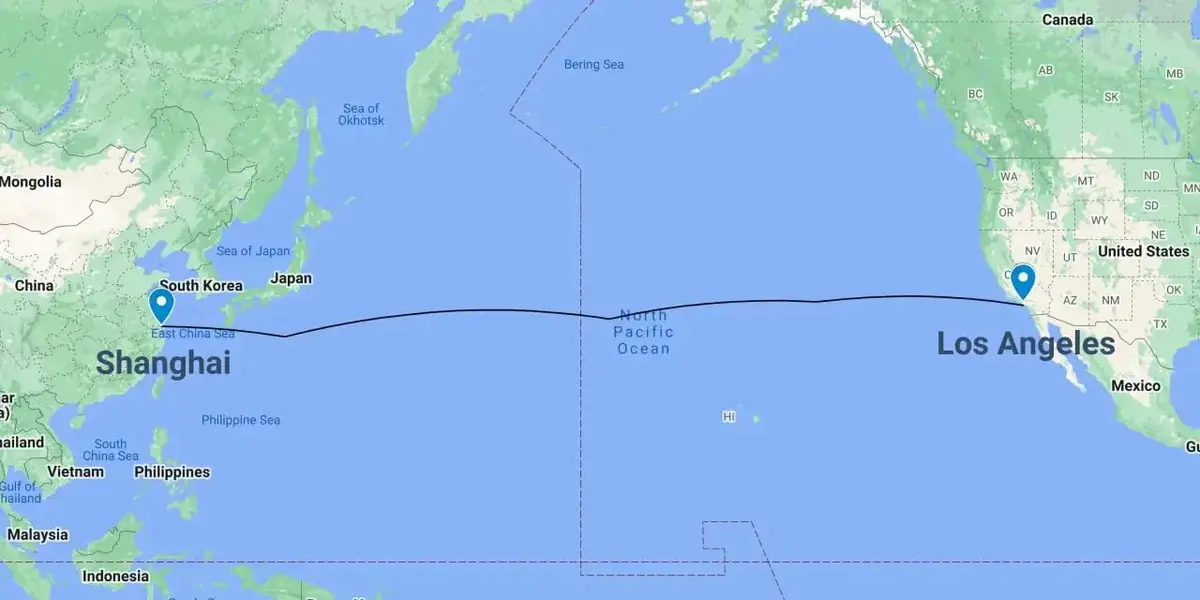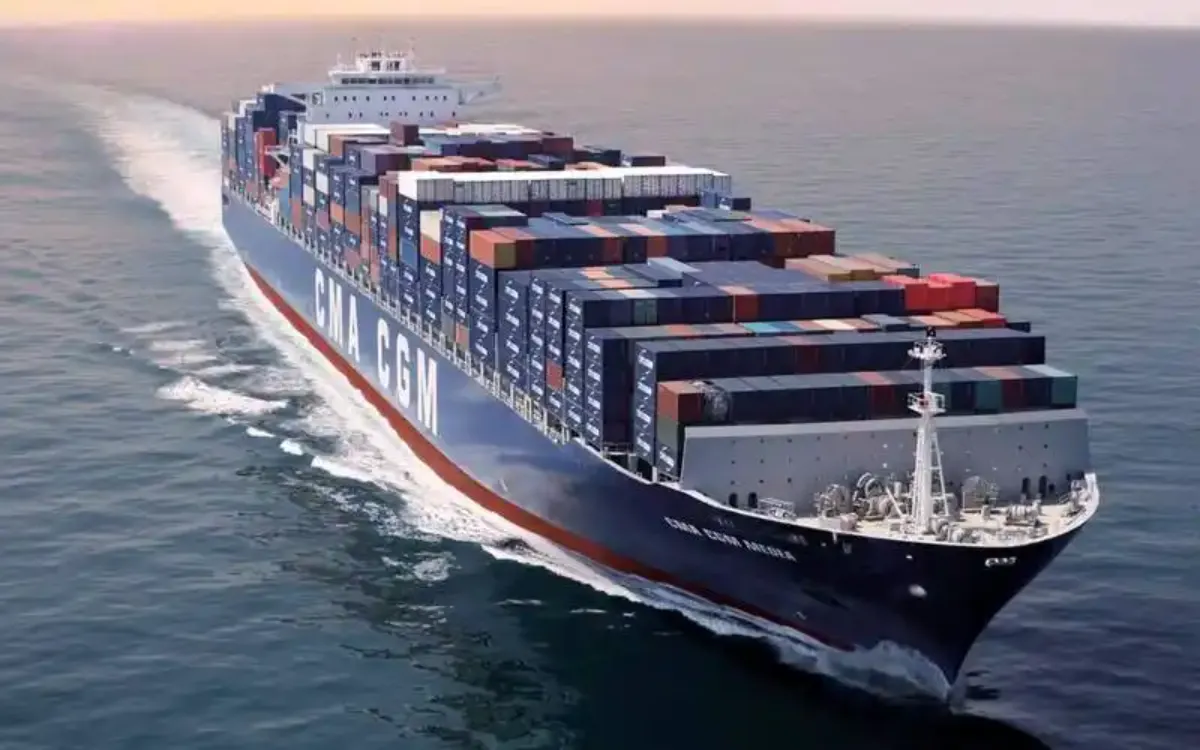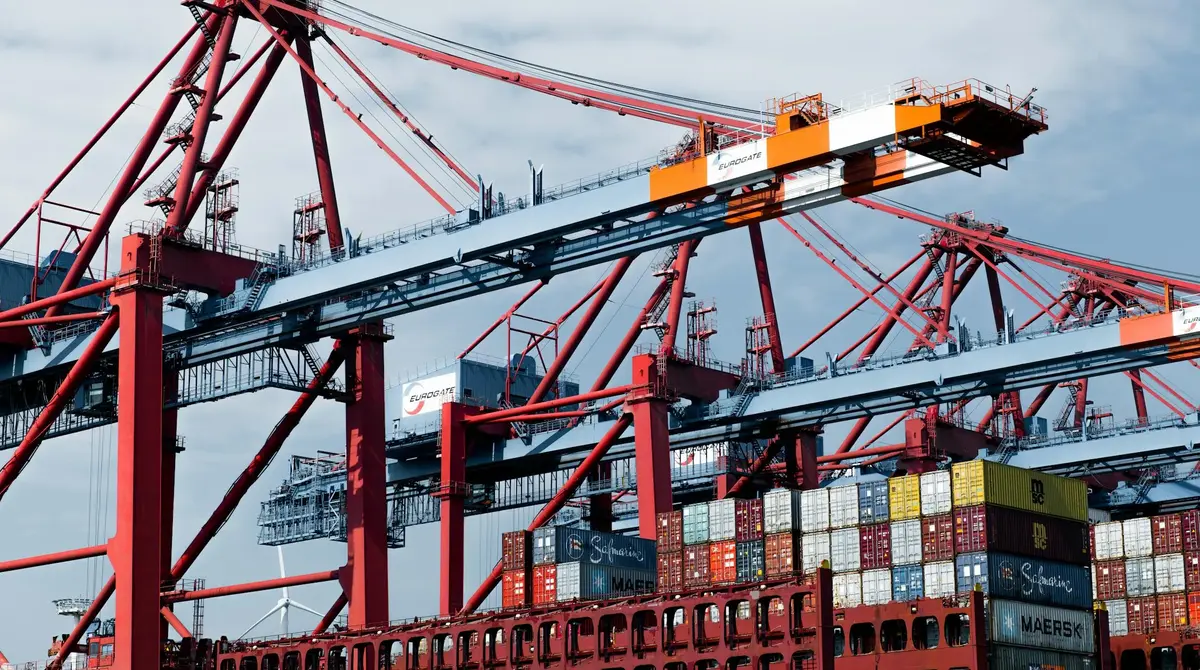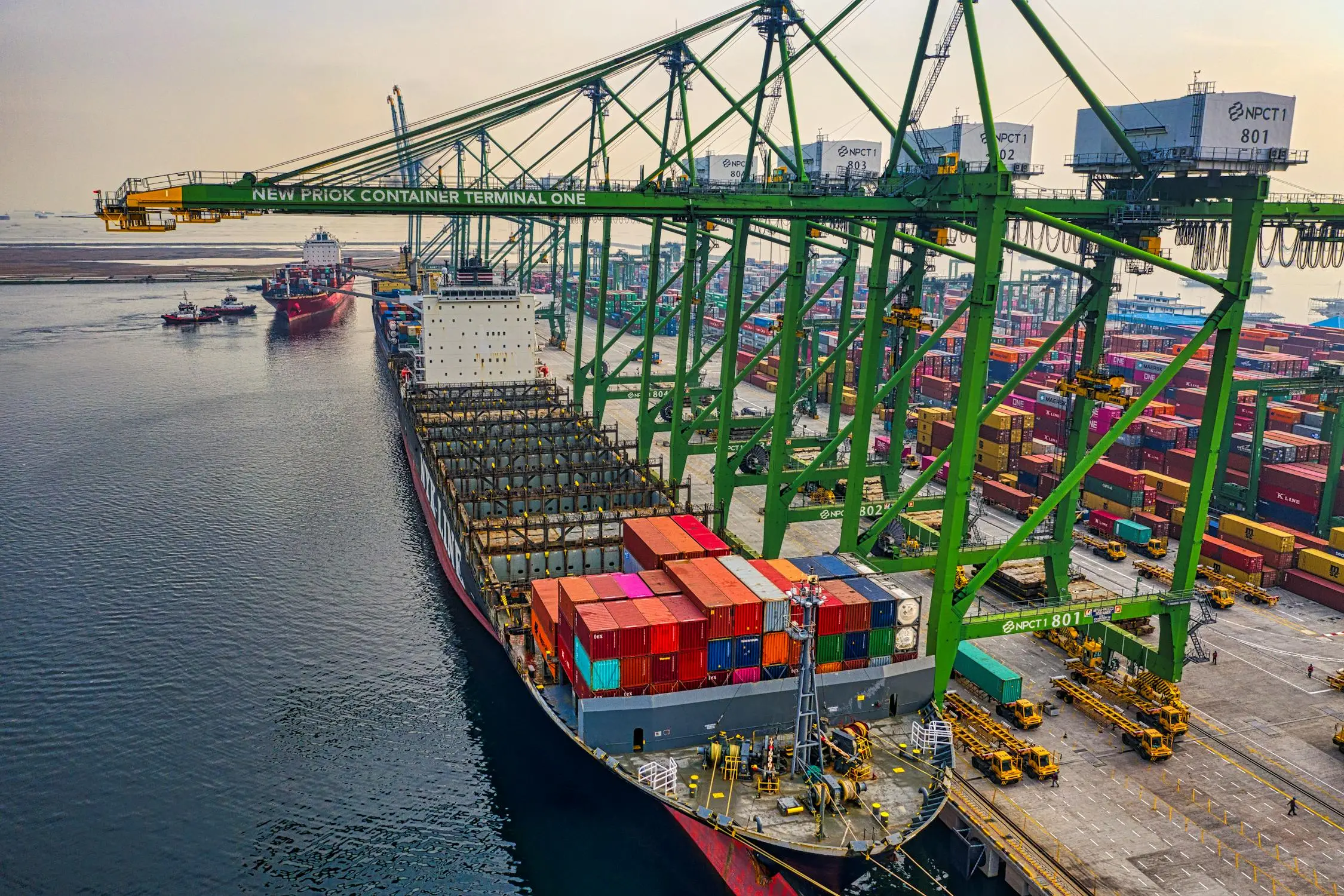When it comes to international trade, particularly between China and California, understanding shipping time is a critical aspect of managing supply chains, meeting customer expectations, and optimizing costs. Whether you’re shipping consumer goods, industrial products, or raw materials, knowing how long your shipments will take to travel from China to California can help you better plan and schedule your business operations.

Shipping time between China and California depends on several factors, including the mode of transportation, the ports used, customs clearance, and any potential delays caused by weather or congestion. In this article, we’ll take a closer look at the average shipping times for different modes of transport, factors that can affect these times, and tips on how to ensure smooth delivery from China to California.
Shipping Methods: Ocean vs. Air Freight
The two primary shipping methods for transporting goods from China to California are ocean freight and air freight. Both methods offer distinct advantages and challenges, with time and cost being the most important trade-offs.
Ocean Freight: Cost-Effective but Slower
Ocean freight is the most common method of transporting goods from China to California, especially for businesses moving large volumes of goods. Containers are shipped across the Pacific Ocean and unloaded at one of California’s major ports, such as the Port of Los Angeles or the Port of Long Beach.
Average Shipping Time for Ocean Freight:
Port-to-Port: The actual transit time for ocean freight from China to California typically ranges from 14 to 20 days, depending on the specific ports involved and the shipping line used. For example, shipments from major Chinese ports like Shanghai, Ningbo, or Shenzhen to California’s ports can take about 15 to 18 days.
Door-to-Door: If you are using door-to-door service, which includes inland transportation in both China and the USA, the total shipping time could be extended by 5 to 10 additional days. This depends on factors such as how far the origin point in China is from the port and the delivery location in California.
Ocean freight is particularly suited for bulk shipments, as it is significantly more cost-effective than air freight. However, the slower transit time means that businesses need to plan ahead, especially when dealing with seasonal demand or time-sensitive products.
Air Freight: Fast but Expensive
For businesses that need faster delivery, air freight is the preferred option. Air freight significantly reduces transit time compared to ocean freight, but it comes at a higher cost. This method is ideal for smaller shipments, high-value items, or goods that need to be delivered quickly.
Average Shipping Time for Air Freight:
Port-to-Port: The transit time for air freight from China to California can range from 2 to 5 days, depending on the specific airports and carriers involved. Major airports such as Shanghai Pudong International (PVG) and Beijing Capital International (PEK) in China, and Los Angeles International (LAX) or San Francisco International (SFO) in California, are key hubs for air freight services.
Door-to-Door: With door-to-door air freight, factoring in customs clearance and local delivery, the total shipping time can range from 5 to 7 days.
While air freight is faster, it is considerably more expensive than ocean freight, which is why many businesses use it only for urgent shipments or smaller, high-value goods.
Factors That Affect Shipping Time from China to California
While the average shipping times mentioned above provide a general idea, several factors can affect how long it takes to ship goods from China to California. Understanding these factors can help businesses better anticipate delays and plan more accurately.
Port Congestion
Port congestion is a common issue that can significantly delay shipments. The Ports of Los Angeles and Long Beach, in particular, are known for experiencing congestion due to high volumes of cargo traffic, especially during peak seasons like the holiday rush or following the Chinese New Year.
When ports are congested, ships may be forced to wait offshore for days or even weeks before they can unload. Congestion can also affect container availability and truck transport, further delaying shipments. Businesses shipping large volumes should plan for potential congestion during peak times and work with freight forwarders to explore alternative port options if needed.
Customs Clearance Delays
Customs clearance is another area where shipments can experience delays. Both Chinese and U.S. customs authorities have strict regulations that must be followed, and incomplete or incorrect paperwork can lead to significant delays. In some cases, customs inspections may be required, which can further slow down the shipping process.
Working with an experienced freight forwarder or customs broker can help minimize the risk of customs delays by ensuring that all documentation is in order and any necessary permits or approvals are secured before the shipment arrives.
Weather Conditions
Weather is an unpredictable factor that can affect both ocean and air freight. Typhoons, storms, or heavy fog in the Pacific Ocean can delay ships, while severe weather at airports can disrupt air freight schedules. These weather-related delays are often unavoidable, but knowing the seasonality of such risks (for example, the typhoon season in East Asia, which runs from May to October) can help businesses anticipate potential disruptions and adjust their shipping schedules accordingly.
Shipping Route and Port Selection
The specific ports used for your shipment will also impact shipping time. For ocean freight, choosing a major port like Shanghai or Ningbo in China, and Los Angeles or Long Beach in California, often results in faster processing due to better infrastructure and more frequent shipping schedules. However, these ports are also more prone to congestion. Alternatively, using smaller or secondary ports, while less congested, may increase shipping time due to less frequent sailings or less efficient cargo handling.
Seasonal Demand and Peak Shipping Periods
Shipping demand fluctuates throughout the year, and peak seasons can lead to longer transit times. For example, the months leading up to Christmas and the period around Chinese New Year are peak shipping seasons, during which demand for container space skyrockets, and delays at ports become more common.
Businesses should plan ahead for these peak periods by booking shipments well in advance or considering alternative shipping routes. Air freight can also be a solution during these periods, although at a higher cost.
Tips to Ensure Smooth and Timely Shipping from China to California
To avoid unexpected delays and ensure that your shipments arrive on time, there are several strategies you can implement:
Work with a Reliable Freight Forwarder
Freight forwarders are crucial partners in the international shipping process. They handle logistics, arrange transportation, and help ensure compliance with customs regulations. A good freight forwarder will have experience shipping between China and California and will offer solutions to mitigate delays, such as securing space on less congested shipping lines or offering expedited customs clearance.
By working with a reliable freight forwarder, you can gain more visibility into the shipping process and get real-time updates on your shipment’s status.
Book Shipments in Advance
If your business can plan its supply chain well in advance, it’s a good idea to book ocean freight shipments early, especially during peak seasons. Shipping lines often fill up quickly during high-demand periods, and waiting until the last minute may result in higher costs or limited availability.
Use Air Freight for Urgent Shipments
For urgent or high-priority shipments, air freight is the best option. Even though it’s more expensive, the speed of air freight can help you meet tight deadlines and avoid inventory shortages. Consider using air freight strategically for time-sensitive goods, while relying on ocean freight for larger, less time-critical shipments.
Monitor Port and Weather Conditions
Staying informed about port conditions and weather patterns can help you anticipate potential delays and adjust your shipping schedule accordingly. For example, if a typhoon is expected to hit a major Chinese port, you may want to delay or reroute your shipment to avoid disruptions. Similarly, knowing the state of congestion at California’s ports can help you make informed decisions about whether to use alternative ports or adjust delivery expectations.
Conclusion
Shipping time from China to California varies depending on factors such as the mode of transport, the specific ports used, customs clearance, and external conditions like weather and port congestion. On average, ocean freight takes 14 to 20 days, while air freight can deliver goods within 2 to 5 days. However, additional time may be required for door-to-door services, customs clearance, and other factors.
By understanding the key factors that influence shipping times and working with reliable logistics partners, businesses can better plan their supply chain operations, avoid unnecessary delays, and ensure that goods arrive on time. With careful planning and the right strategies, you can optimize shipping times and maintain a competitive edge in international trade.
 Easy Shipping From Global, Save Cost
Easy Shipping From Global, Save Cost













